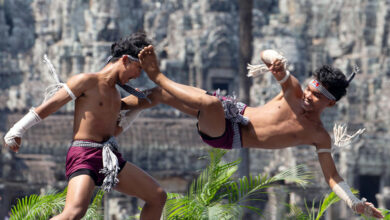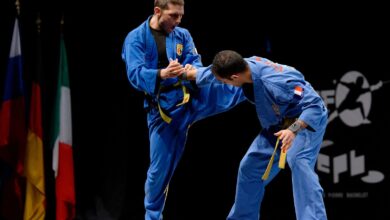Hibs and Ross County fans on final
The mission of the Advanced Liver Diseases Study Group is to become the premier epidemiology, clinical, translational research, and treatment center for advanced liver diseases, cirrhosis, and portal hypertension in the world. Additionally, the mission is to mentor and educate clinician investigators in the field of hepatology.
Please Take Attention, This is just a Dummy Content, Not a real facts about Medicine.
The group is part of the Hepatic Vascular Cell Signaling Lab and Hepatocellular Carcinoma Lab programs as a major initiative involves collaboration with scientists to establish translational research.The activities of the Advanced Liver Diseases Study Group span from population-based research that utilizes the extensive resources of the Rochester Epidemiology Project to vascular endothelial pathophysiology. Additional research areas include the development of novel diagnostic tools, the conduct of therapeutic clinical trials, and health services research including economic analysis and health-related quality of life assessment.
Carcinoma Lab programs
- Understand the molecular and physiological mechanisms involved in cirrhosis and portal hypertension.
- Understand the mechanisms that underlie cirrhosis and portal hypertension by integrating basic science and clinical research programs.
- Develop and validate non-invasive diagnostic tools to evaluate and quantitate severity of liver fibrosis and portal hypertension.
- Develop and test new treatment options for patients with cirrhosis, esophageal varices, ascites, hepatic encephalopathy, hepatocellular carcinoma, hepatorenal syndrome, hepatopulmonary syndrome, portopulmonary hypertension, alcoholic hepatitis, acute liver failure, Budd-Chiari syndrome, hereditary hemorrhagic telangiectasia, and polycystic liver disease.
- Educate gastroenterology trainees, surgical trainees and postdoctoral fellows in the field of hepatology.
- Educate patients, practicing physicians, and investigators on advanced liver disease including cirrhosis and portal hypertension.
It is with truly mixed emotions that I announce the departure of Philip E. BournePhilip E. Bourne
It is with truly mixed emotions that I announce the departure of Philip E. Bourne, Ph.D., who will be leaving his post as NIH’s first Associate Director for Data Science to become the Stephenson Chair of Data Science, Director of the Data Science Institute, and Professor in the Department of Biomedical Engineering at the University of Virginia, Charlottesville. I am happy for Phil to have this exceptional opportunity, and know that UVA will be well served by his depth of knowledge in data science. At the same time, I am saddened that NIH will be losing his prowess and passion for tackling the opportunities and challenges of our increasingly data-driven biomedical research enterprise.
The group is part of the Hepatic Vascul
Phil will remain at NIH through April 30, 2017, and National Library of Medicine Director Patricia Flatley Brennan, R.N., Ph.D., will serve as Interim Associate Director for Data Science until a new appointment is made.
The group is part of the Hepatic Vascular Cell Signaling Lab and Hepatocellular Carcinoma Lab programs as a major initiative involves collaboration with scientists to establish translational research.The activities of the Advanced Liver Diseases Study Group span from population-based research that utilizes the extensive resources of the Rochester Epidemiology Project to vascular endothelial pathophysiology.
The mission of the Advanced Liver Diseases Study Group is to become the premier epidemiology, clinical, translational research, and treatment center for advanced liver diseases, cirrhosis, and portal hypertension in the world.



